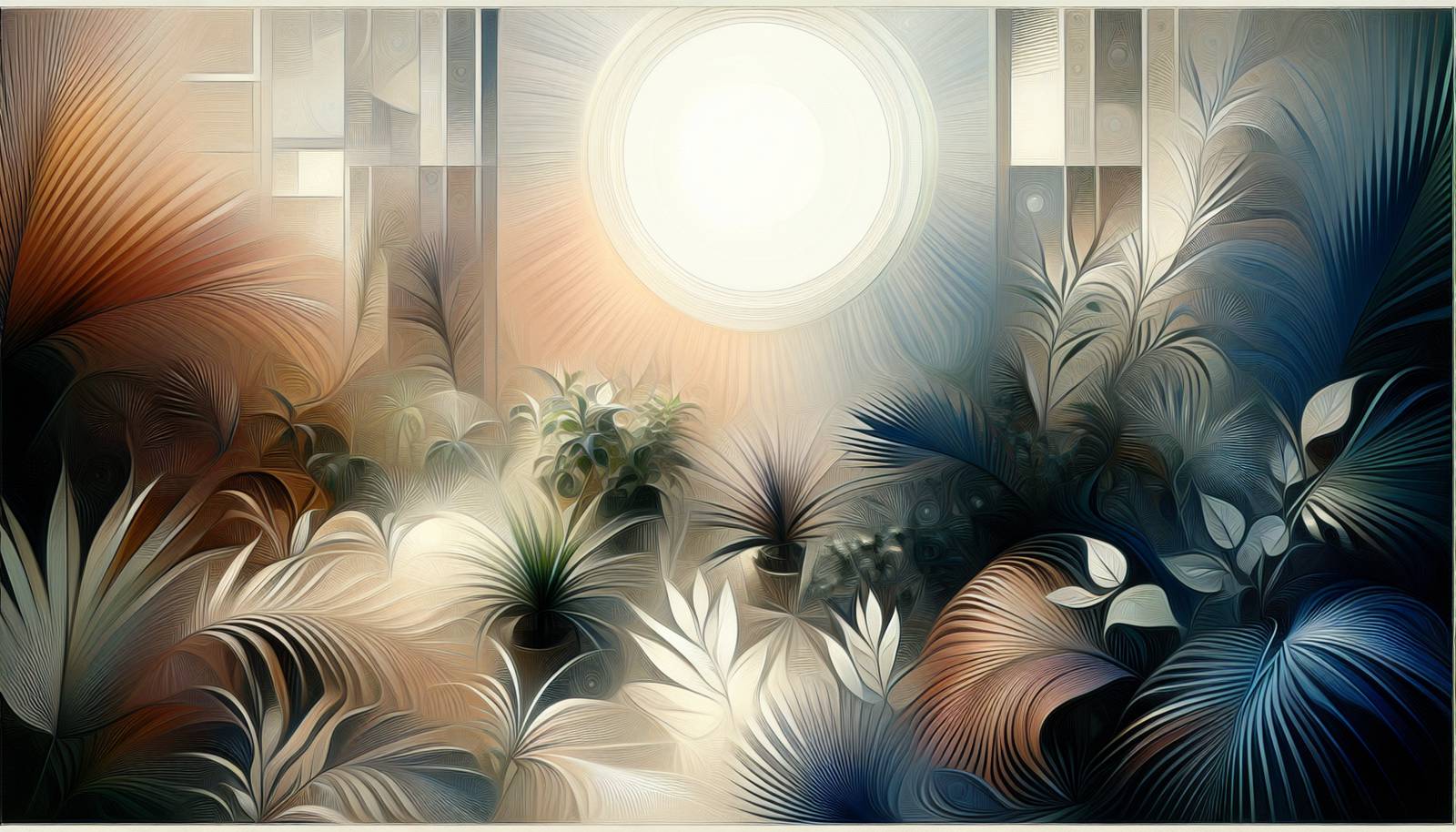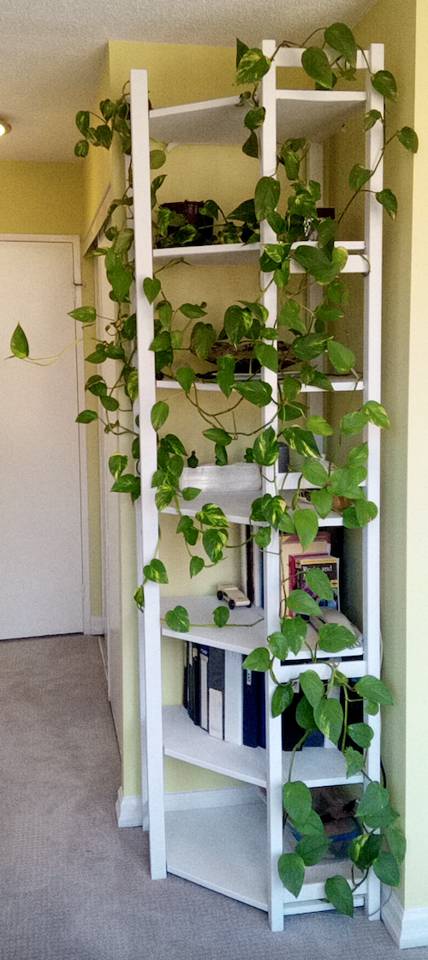
FAQ About Indoor Plant Seasonal Lighting Adjustments

Why do indoor plants need seasonal lighting adjustments?
Indoor plants require seasonal lighting adjustments to mimic the natural changes in sunlight they would experience outdoors. As the seasons change, the duration and intensity of sunlight vary, which can impact plant growth, photosynthesis, and flowering cycles. By adjusting indoor lighting, you help ensure plants receive the appropriate light levels in different seasons, promoting healthy growth all year round.

How does natural daylight change with the seasons?
The amount of natural daylight changes significantly with the seasons. In summer, the days are longer, providing more daylight hours and generally more intense sunlight. Conversely, in winter, days are shorter and the angle of the sun is lower, resulting in less intense light. These variations affect indoor plants by changing the intensity and duration of light they receive through windows.

What is the role of artificial lighting in seasonal adjustments for indoor plants?
Artificial lighting plays a crucial role in compensating for reduced daylight during the shorter days of fall and winter. Grow lights can supplement natural light, providing the necessary light spectrum and intensity that plants need to thrive. Seasonal adjustments using artificial lights ensure plants continue receiving the light they require for optimal photosynthesis and growth when natural light is insufficient.

How can I tell if my indoor plants are not getting enough light in the winter?
Signs that indoor plants are not receiving enough light include slow growth, small or pale leaves, leggy stems, and leaf drop. Plants might also stop flowering. Observing these symptoms suggests the need for increasing light exposure, either by moving the plant closer to a natural light source or enhancing with grow lights.

What type of artificial lights are best for indoor plants during winter?
Full-spectrum grow lights, LED grow lights, and fluorescent lights are commonly used to support indoor plants during the winter months. These options provide light that closely mimics natural sunlight, which is crucial for plant growth. LED grow lights are often preferred due to their energy efficiency and ability to provide a broad spectrum of light, including red and blue wavelengths that are essential for plant growth.

How can I increase natural light exposure for my indoor plants during winter?
To increase natural light exposure for indoor plants during winter, consider moving them closer to windows where they can receive maximum daylight. South and west-facing windows typically provide the best light during this season. Additionally, regularly cleaning windows can help ensure optimal light penetration through the glass.

Do all indoor plants need the same amount of light during different seasons?
Not all indoor plants require the same amount of light, even during different seasons. Light needs vary greatly depending on the plant species. For example, succulents and cacti generally need more light compared to ferns or philodendrons. It's important to research the specific light requirements of each plant to provide optimal care throughout the year.

How many hours of light do indoor plants typically need in the fall?
In the fall, most indoor plants require about 10-12 hours of light per day to maintain healthy growth. As daylight hours decrease, supplementing with artificial lighting can help meet this requirement. Adjustments should be based on the specific needs of your plants, as some might require more or less light.

What adjustments can be made for indoor plants during the springtime?
In spring, as natural daylight increases, you can gradually reduce reliance on artificial lights and even move some plants to brighter spots. This is also a good time to rotate plants to ensure they are receiving even light on all sides and to start acclimating plants to outdoor conditions for those that may move outside during summer.

Why is it important to rotate plants with seasonal lighting changes?
Rotating plants ensures that all parts of the plant receive equal exposure to light, which encourages uniform growth. This practice helps prevent uneven growth patterns, where one side of the plant grows faster or becomes 'leggy' compared to the shaded side. Seasonal lighting changes can alter how light enters through windows, making rotation even more crucial.

Can indoor plants get sunburnt when adjusting to more light in spring and summer?
Yes, indoor plants can experience sunburn if they are suddenly exposed to too much sunlight as light levels increase in spring and summer. Symptoms of sunburn include brown spots on leaves and wilting. It's essential to gradually acclimate plants to higher light levels, possibly using a sheer curtain to diffuse direct sunlight initially.

How does temperature interact with lighting changes for indoor plants?
Temperature and light levels often change in tandem with the seasons, influencing indoor plant growth. Higher light levels typically correlate with warmer temperatures, promoting faster growth and possibly requiring more frequent watering. Conversely, cooler temperatures with lower light in winter slow growth, reducing water and nutrient needs. Maintaining an appropriate balance between temperature and lighting is key for indoor plant health.

What is the role of blue light and red light in indoor plant growth?
Blue light is crucial for photosynthesis and vegetative growth in indoor plants, encouraging strong leaf and stem development. Red light supports flowering and fruiting by triggering the necessary hormonal changes in plants. Understanding the spectral needs of your plants can help in choosing the appropriate grow lights and making seasonal adjustments effectively.

How do I know if my artificial lighting setup is effective for my indoor plants?
An effective artificial lighting setup will result in healthy, robust plant growth. Signs of an effective setup include strong leaf color, appropriate flowering or fruiting, and overall plant vigor. Regularly inspecting your plants for signs of distress, such as discoloration or stunted growth, can help identify if lighting conditions need to be adjusted.

Should I change the position of my grow lights with the seasons?
Yes, adjusting the position of grow lights with the seasons can help optimize plant health. As natural light intensity changes, repositioning grow lights can ensure consistent light levels. During winter, you might need to lower lights to ensure sufficient intensity, while in summer, you could raise them to avoid excessive heat and stress on the plants.

What are common mistakes in seasonal lighting adjustments for indoor plants?
Common mistakes include failing to adjust artificial lighting duration, ignoring changes in natural light intensity, and not rotating plants to avoid uneven growth. Additionally, some growers forget to clean light fixtures and windows, which can lead to reduced light efficiency. Avoiding these errors can significantly improve the health and aesthetics of indoor plants.

How can I create a lighting schedule for my indoor plants?
Creating a lighting schedule involves understanding the specific light needs of your plants and aligning those with seasonal changes. In winter, plants might need 12-14 hours of artificial lighting, while in summer, natural light may suffice with minimal supplementation. Consider using timers for grow lights to ensure consistency and convenience in managing light schedules.

Can I use regular household LEDs for plant lighting during winter?
Regular household LEDs can be used in a pinch, but they may not provide the full spectrum of light that plants need for optimal growth. Grow lights are specifically designed to emit the wavelengths necessary for photosynthesis and plant health. If using regular LEDs, monitor plant health closely and consider supplementing with proper grow lights if needed.

Is it necessary to adjust watering routines with seasonal light changes for indoor plants?
Yes, adjusting watering routines is often necessary with seasonal light changes since light levels affect evaporation rates and plant photosynthesis. During high-light seasons, plants may require more frequent watering, while in lower light periods of winter, overwatering can be an issue. Observing the soil moisture and plant behavior can guide appropriate watering adjustments.

How do I transition my indoor plants to outdoor conditions in the summer?
Transitioning indoor plants to outdoor conditions should be done gradually to prevent shock. Begin by placing plants in a shaded area for a few hours a day, gradually increasing sun exposure over 1-2 weeks. Acclimating plants slowly allows them to adjust to increased light, temperature, and humidity levels, mitigating stress and potential damage.
